Koma at Danspace, Photo by William Johnston
Koma's The Ghost Festival
World Premiere
Performances:
Thursday, June 2 at 8pm
Saturday, June 4 at 6:30pm
Location: The Yard's Patricia N. Nanon Theater
Run time: TBA
Tickets:
$25 General Admission
$15 Seniors, Students and Military
$5 Children under 12
Behind The Counter and Membership discounts apply
The Ghost Festival is the first multi-disciplinary solo project by artist Koma Otake, one half of the performance artists Eiko and Koma. Using a mobile trailer, Koma is creating a gallery of works meant to be both an interactive visual art installment, as well as a performance space. Koma envisions a meditative and communal space to honor the connection between past and present, and provide a home for lost spirits.
Raised in Japan, and based in New York since 1976, Takashi Otake has collaborated with Eiko for 40 years. Known as Eiko & Koma, they hand craft every aspect of their works. They created three “living” gallery installations: Breath (1998) for the Whitney Museum, Naked (2010), for the Walker Art Center, and The Caravan Project (2013) for MoMA. Their multi-faceted Retrospective Project (2009-2012) consisted of new and restaged works, exhibitions, media works and a monograph of their works, Eiko & Koma: Time is Not Even, Space is Not Empty published by the Walker Art Center. In 2012, they began the Archive Project to curate their own legacy. Among other honors, they were awarded Guggenheim Fellowships (1984), two Bessie Awards (1984, 1990), a MacArthur Fellowship (1996), and an inaugural USA Fellowship (2006). Samuel H. Scripps American Dance Festival Award (2004) and the Dance Magazine Award (2006) for lifetime achievement in modern dance. Most recently, Koma was honored to be among the first round of artists selected for the Doris Duke Performing Arts Awards (2012). Since 2014, Koma has been working on his first multi-disciplinary solo project: The Ghost Festival. Using a mobile trailer, an interactive visual art installment and performance space.
“Koma floated with remarkable smoothness, only the top of his mask-like face visible. Their roles shifted as subtly as their gestures.”
– LA Times

